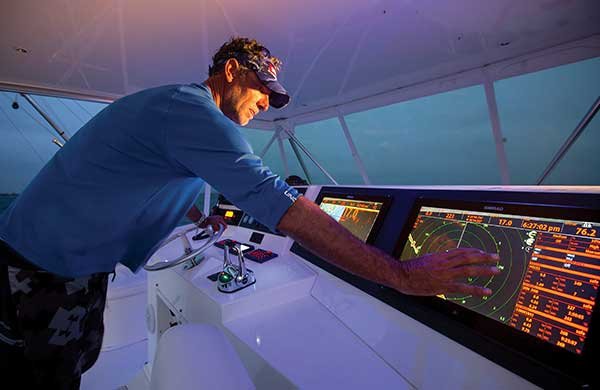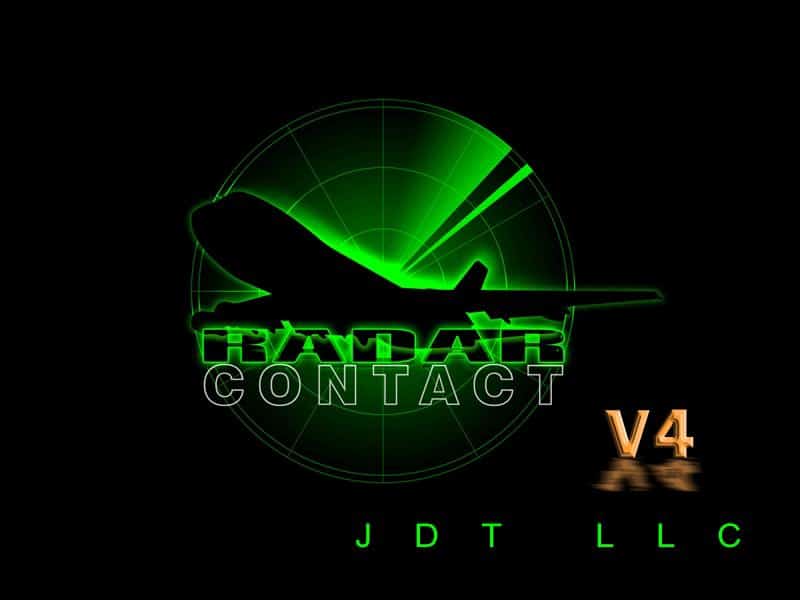Who Use Radar
- Fundamentals of radar
- A basic radar system
- Factors affecting radar performance
- Examples of radar systems
- History of radar
Not until it was learned how to use a single antenna for both transmitting and receiving (now termed monostatic radar) was the value of radar for detecting and tracking aircraft and ships fully recognized. Such a system was demonstrated at sea on the battleship USS New York in. See the latest United States Doppler radar weather map including areas of rain, snow and ice. Our interactive map allows you to see the local & national weather. National Weather Service. We couldn’t start this list without going right to the. Spider and radar charts are also seen used by the human resource department to check different employee groups and analyze their performance. A chart plotting the same is illustrated below. Image Source: Chart Primers Radar Chart It can also.
Early experiments

Serious developmental work on radar began in the 1930s, but the basic idea of radar had its origins in the classical experiments on electromagnetic radiation conducted by German physicist Heinrich Hertz during the late 1880s. Hertz set out to verify experimentally the earlier theoretical work of Scottish physicist James Clerk Maxwell. Maxwell had formulated the general equations of the electromagnetic field, determining that both light and radio waves are examples of electromagnetic waves governed by the same fundamental laws but having widely different frequencies. Maxwell’s work led to the conclusion that radio waves can be reflected from metallic objects and refracted by a dielectric medium, just as light waves can. Hertz demonstrated these properties in 1888, using radio waves at a wavelength of 66 cm (which corresponds to a frequency of about 455 MHz).
The potential utility of Hertz’s work as the basis for the detection of targets of practical interest did not go unnoticed at the time. In 1904 a patent for “an obstacle detector and ship navigation device,” based on the principles demonstrated by Hertz, was issued in several countries to Christian Hülsmeyer, a German engineer. Hülsmeyer built his invention and demonstrated it to the German navy but failed to arouse any interest. There was simply no economic, societal, or military need for radar until the early 1930s, when long-range military bombers capable of carrying large payloads were developed. This prompted the major countries of the world to look for a means with which to detect the approach of hostile aircraft.
Who Uses Weather Radar

Most of the countries that developed radar prior to World War II first experimented with other methods of aircraft detection. These included listening for the acoustic noise of aircraft engines and detecting the electrical noise from their ignition. Researchers also experimented with infrared sensors. None of these, however, proved effective.

First military radars
During the 1930s, efforts to use radio echoes for aircraft detection were initiated independently and almost simultaneously in eight countries that were concerned with the prevailing military situation and that already had practical experience with radio technology. The United States, Great Britain, Germany, France, the Soviet Union, Italy, the Netherlands, and Japan all began experimenting with radar within about two years of one another and embarked, with varying degrees of motivation and success, on its development for military purposes. Several of these countries had some form of operational radar equipment in military service at the start of World War II.
Who Uses Radar
The first observation of the radar effect at the U.S. Naval Research Laboratory (NRL) in Washington, D.C., was made in 1922. NRL researchers positioned a radio transmitter on one shore of the Potomac River and a receiver on the other. A ship sailing on the river unexpectedly caused fluctuations in the intensity of the received signals when it passed between the transmitter and receiver. (Today such a configuration would be called bistatic radar.) In spite of the promising results of this experiment, U.S. Navy officials were unwilling to sponsor further work.
The principle of radar was “rediscovered” at NRL in 1930 when L.A. Hyland observed that an aircraft flying through the beam of a transmitting antenna caused a fluctuation in the received signal. Although Hyland and his associates at NRL were enthusiastic about the prospect of detecting targets by radio means and were eager to pursue its development in earnest, little interest was shown by higher authorities in the navy. Not until it was learned how to use a single antenna for both transmitting and receiving (now termed monostatic radar) was the value of radar for detecting and tracking aircraft and ships fully recognized. Such a system was demonstrated at sea on the battleship USS New York in early 1939.
Personal Weather Radar System
The first radars developed by the U.S. Army were the SCR-268 (at a frequency of 205 MHz) for controlling antiaircraft gunfire and the SCR-270 (at a frequency of 100 MHz) for detecting aircraft. Both of these radars were available at the start of World War II, as was the navy’s CXAM shipboard surveillance radar (at a frequency of 200 MHz). It was an SCR-270, one of six available in Hawaii at the time, that detected the approach of Japanese warplanes toward Pearl Harbor, near Honolulu, on December 7, 1941; however, the significance of the radar observations was not appreciated until bombs began to fall.
Britain commenced radar research for aircraft detection in 1935. The British government encouraged engineers to proceed rapidly because it was quite concerned about the growing possibility of war. By September 1938 the first British radar system, the Chain Home, had gone into 24-hour operation, and it remained operational throughout the war. The Chain Home radars allowed Britain to deploy successfully its limited air defenses against the heavy German air attacks conducted during the early part of the war. They operated at about 30 MHz—in what is called the shortwave, or HF, band—which is actually quite a low frequency for radar. It might not have been the optimum solution, but the inventor of British radar, Sir Robert Watson-Watt, believed that something that worked and was available was better than an ideal solution that was only a promise or might arrive too late.
The Soviet Union also started working on radar during the 1930s. At the time of the German attack on their country in June 1941, the Soviets had developed several different types of radars and had in production an aircraft-detection radar that operated at 75 MHz (in the very-high-frequency [VHF] band). Their development and manufacture of radar equipment was disrupted by the German invasion, and the work had to be relocated.
Who Used Radar First
At the beginning of World War II, Germany had progressed farther in the development of radar than any other country. The Germans employed radar on the ground and in the air for defense against Allied bombers. Radar was installed on a German pocket battleship as early as 1936. Radar development was halted by the Germans in late 1940 because they believed the war was almost over. The United States and Britain, however, accelerated their efforts. By the time the Germans realized their mistake, it was too late to catch up.
Who Used Radar In Ww2
Except for some German radars that operated at 375 and 560 MHz, all of the successful radar systems developed prior to the start of World War II were in the VHF band, below about 200 MHz. The use of VHF posed several problems. First, VHF beamwidths are broad. (Narrow beamwidths yield greater accuracy, better resolution, and the exclusion of unwanted echoes from the ground or other clutter.) Second, the VHF portion of the electromagnetic spectrum does not permit the wide bandwidths required for the short pulses that allow for greater accuracy in range determination. Third, VHF is subject to atmospheric noise, which limits receiver sensitivity. In spite of these drawbacks, VHF represented the frontier of radio technology in the 1930s, and radar development at this frequency range constituted a genuine pioneering accomplishment. It was well understood by the early developers of radar that operation at even higher frequencies was desirable, particularly since narrow beamwidths could be achieved without excessively large antennas.